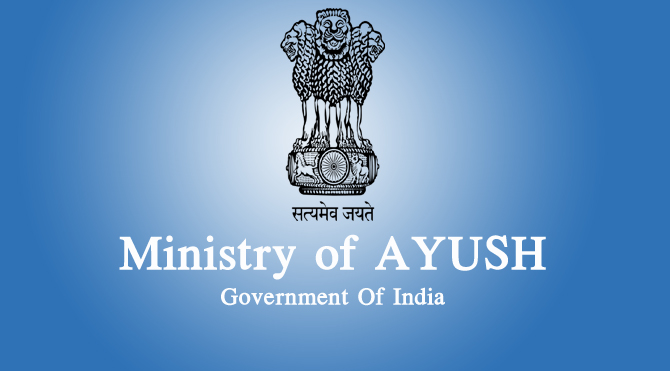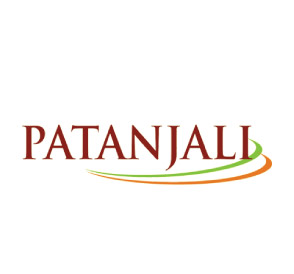
 Rajeev Sadanandan,
Rajeev Sadanandan,
Director General and Joint Secretary,
Labour Welfare,
Government of India
Rajeev Sadanandan, Director General and Joint Secretary, Labour Welfare, Government of India, talks to Monalisa, ENN, about the Rashtriya Swasthya Bima Yojana that provides health insurance to low income workers

With more than 3.6 crore enrolled beneficiaries and 10,887 empanelled private and public hospitals under its ambit, the Rashtriya Swasthya Bima Yojna (RSBY) is set to provide health insurance coverage for Below Poverty Line (BPL) families across the country. Launched in 2008 by the Ministry of Labour and Employment, Government of India, RSBY aims to provide protection to BPL households from medical expenses. Our first priority is that the programme achieves breadth and depth in coverage.. This means, to cover as many poor as possible and also ensure that in every BPL family, all members are covered, says Rajeev Sadanandan, Director General and Joint Secretary, Labour Welfare, Government of India, who is currently heading the scheme.
Operating Model
This scheme entitles beneficiaries to hospitalisation coverage of up to Rs 30,000 in lieu of a registration fee of `30. Coverage extends to five members of the BPL family who are issued smart cards for the same. The Central and State Governments pay the annual premium to the insurer selected by the State Government on the basis of a competitive bidding. The majority of this premium, about 75 percent, is provided by the Central Government, while the remainder is paid by the respective State Government.
After the insurance company is selected, they need to empanel both public and private healthcare providers in the project and nearby districts. Our next priority is to increase the access of hospitals in remote corners of the country. If people do not have access to hospitals close to their place, the cost of commutation will increase more than the healthcare cost that we pay them, points out Sadanandan.
When an enrolled beneficiary walks into an empanelled hospital, his identity is verified by his smart card and his fingerprint. After rendering the service to the patient, the hospital sends an electronic report to the insurer/Third Party Administrator (TPA), who after going through the records makes the payment to the hospital.
States which are pro-active in public healthcare have shown the greatest interest in the RSBY programme and have reaped maximum benefits from it. These include states like Chhattisgarh, Himachal Pradesh and Kerala, says Sadanandan.
Tech-savvy Scheme
Talking about the IT architecture in RSBY, Sadanandan says that smart cards feed real-time data into the software. This data is available at our server in a uniquely identifiable fashion. When a person swipes his smart card for claiming health insurance, incidence of that disease is linked to his demographic profile. We get to know the policy details, claims history and other details of the respective policy holder, he says. This generates a huge amount of data that is very useful for the health department. This can generate alerts for an epidemic or health hazard for a particular region. While smart cards have been active since the beginning of RSBY, we are now moving towards electronic health records. The problem with EHR is to record the data and make it available to clinicians at the time when patients walk into the clinic. Lack of connectivity is a big problem. But if the data is stored in the smart card this can help clinicians even in remote hospitals. Of course safeguards to ensure data security and privacy have to be put in place, he points out.

Data Integration
Sadanandan emphasises the need for data integration, especially because the Ministry of Labour is now working with different departments in order to expand the list of RSBY beneficiaries. This will bring involvement of the Ministry of Housing and Urban Poverty Alleviation for sanitation workers; Transport department for auto and taxi workers; Ministry of Rural Development for NREGA (National Rural Employment Guarantee Act) beneficiaries and so on. Hence, we are trying to use IT to leverage the presence of other departments in the scheme by creating a win-win situation for all, says Sadanandan.
The core issue is how to get a unified list of beneficiaries as each department has its own IT division. In fact two different programmes of the same Ministry do not talk to each other, points out Sadanandan. We are working with the Ministry of Rural Development to ensure that our databases talk to each other and lead towards unified output. We are also focusing on removing duplication from our respective databases and checking on how our coverage is enabling them to assess their achievement. So this integration could help both departments, he says.
Key Features |
| Safety “ The use of biometric-enabled smart card containing the beneficiarys fingerprints and photographs makes this scheme safe and foolproof Portability “ An enrolled beneficiary can use his smart card in any RSBY empanelled hospital across India. This is especially beneficial for migrant workers Cashless “ An enrolled beneficiary gets cashless benefit in any of the empanelled hospitals by showing his smart card Robust Monitoring “ An elaborate back-end data management system is being put in place which can track any transaction across India and provide periodic analytical reports |
Challenges
Sadanandan raises concern over lack of standards, which pose as a major challenge for the healthcare sector. Standardised clinical pathway is the protocol that is followed when a patient walks into a hospital with a particular symptom. If these pathways are not in place, you cannot have standards and then quality could get compromised. This is a necessary condition for a good insurance programme, he says.
Second is ensuring quality of hospitals, which is linked to standards used in accreditation. Third is to having an efficient data capture system. Also to ensure that we have efficient data analytics tools. The financial system should be in place for immediate reimbursements, he adds.
Be a part of Elets Collaborative Initiatives. Join Us for Upcoming Events and explore business opportunities. Like us on Facebook , connect with us on LinkedIn and follow us on Twitter , Instagram.












